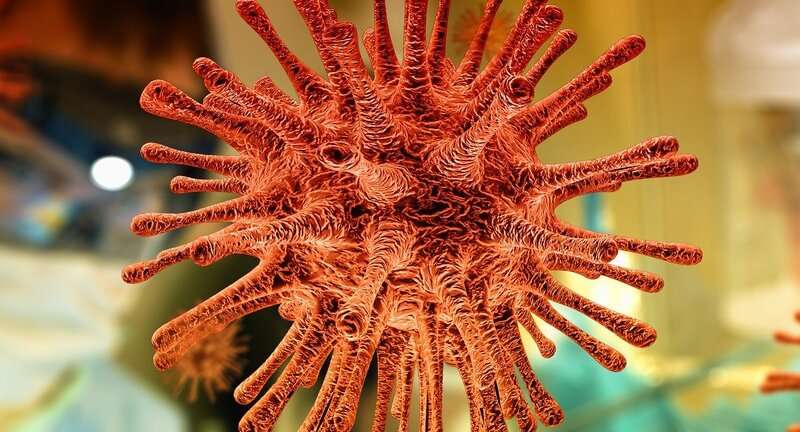Doctors and nurses already face routine violence and abuse – coronavirus could make this worse

It’s not known exactly how many NHS workers have died from COVID-19, but in England the death toll has passed 300.
That so many NHS staff have tragically died as a result of caring for people with COVID-19, shows the risks healthcare workers face as part of their job.
But not only do doctors and nurses have to contend with higher risk of contracting disease, reports also indicate that many healthcare staff are facing verbal threats and physical abuse from patients.
Violence and aggression towards NHS staff has been a problem for some time. And research seems to indicate that many hospital workers have simply resigned themselves to patient violence and aggression being a daily reality.
Our research with mental healthcare workers has similarly found that risk of harm is almost part of the job. In our most recent study, we found that healthcare staff routinely find themselves facing abuse from patients during the working day. This includes patients being aggressive and, in some cases, staff being injured.
Our study was conducted over a two-and-a-half year period in one mental healthcare trust—and we found that during this time, more than 19,500 staff experienced adverse events while on the job.
Staff shortages
The difficult nature of the job is no doubt exacerbated by the recruitment crisis facing nursing—meaning there are often not enough nurses on wards to meet demand.
The latest figures from the National Audit Office show there are close to 44,000 unfilled nursing positions. Mental health nursing accounts for a disproportionate amount of these, representing 14% of all vacancies.
Having adequate numbers of nurses on wards is important, not least because it affects patient safety. Our previous research has shown that having fewer nurses on a ward can lead to an increase in slips, trips and falls.
Other research also highlights how not having enough nurses can lead to increased mortality rates—along with patients waiting longer for, or not receiving, the care they need.
Nurses at risk
In our most recent research, as well as learning how many incidents involved staff, we also investigated the relationship between nurse staffing levels and the safety of staff in the mental health trust.
The data we examined contained two key pieces of staffing information: the actual level of nurses on a ward and the “clinically required” level, which is based on the number of patients. These figures include both registered and unregistered nurses—typically known as healthcare support workers.
Because these two numbers were not always the same, it was important to analyse what effect the difference between the two numbers had on staff safety. We found that members of staff were most at risk of an accident if there were fewer registered nurses, and when staffing was overall low. If there was a low perceived demand for nurses—on night shifts for example—staff were more at risk of harm. Likewise, our data suggests an increase in registered nurses on wards improved staff safety.
We also found that when there were fewer unregistered nurses than needed on the day shift and evening shift, the system was able to tolerate this without staff experiencing more adverse events. Also, having more unregistered nurses did not improve staff safety. This suggests that safe workforce planning should be about more than just the number of people. Instead, consideration should be given to the type of people and the different skills they have.
Future of nursing
The COVID-19 crisis has, of course, put extra pressure and strain on nursing staff, at a time when things were already stretched. And while the UK’s COVID-19 response has seen thousands of retired nurses and doctors return to work, this may not have translated into more nurses on wards—as large numbers of NHS staff are now absent with COVID-19 symptoms.
Not only have healthcare workers put themselves at risk of infection but evidence is also starting to reveal the mental health toll for NHS staff—including stress, anxiety, PTSD, depression and insomnia.
Source: Read Full Article


